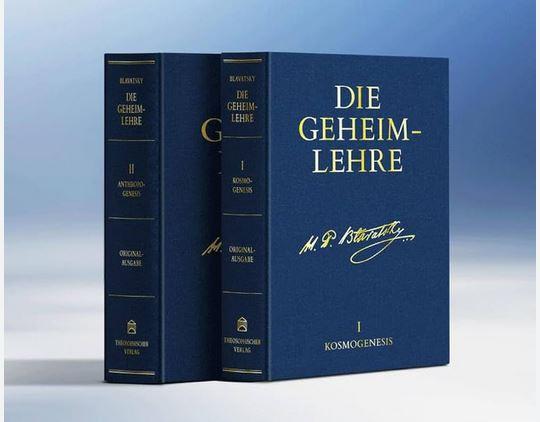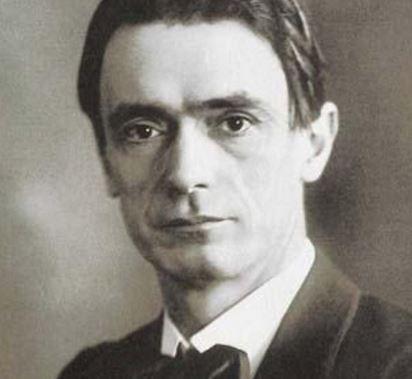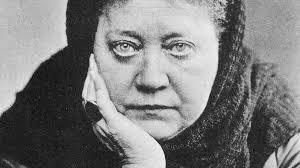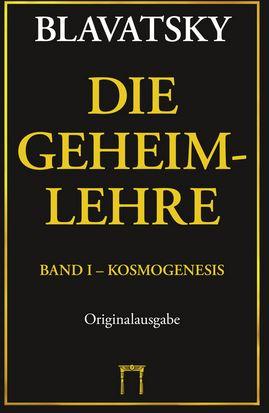The Secret Doctrine

📘 "The Secret Doctrine" – Contents in Brief
The work originally consisted of two main volumes:
Volume I: Cosmogenesis
Deals with the origin of the universe from a metaphysical perspective.
It is based on the so-called "Stanzas of Dzyan" – supposedly an ancient Tibetan manuscript in a secret language.
Topics:
Primordial principles such as "The One" or "Parabrahman" (pure, unmanifested being).
Cyclical creation and destruction (similar to Indian cosmologies).
The seven planes of existence, Logos, cosmic evolution.
Volume II: Anthropogenesis
Deals with the development of humanity.
Introduction of the concept of "root races" – symbolic stages of human development.
Idea: Humans are of spiritual-cosmic origin, not purely biological.
It deals with Atlantis, Lemuria, earlier civilizations, and the development of consciousness.
🧠 Central Terms & Ideas
Esoteric Buddhism & Hinduism: Many concepts originate from these traditions, but are interpreted very loosely.
Karma & Reincarnation: Are interpreted cosmically, not just personally.
Occult Hierarchies: Spiritual beings, "masters of wisdom" who accompany humanity.
Symbolism: Much is not meant literally, but is presented as allegorical and spiritual.
🤯 Why is it so difficult to read?
The language is archaic, academic, and full of references to mythology, ancient religions, Sanskrit terms, etc.
It is not a classic textbook—more of a mystery text.
It aims to combine "exoteric knowledge" (externally visible) with "esoteric truth" (hidden within).
📜 Impact
The Secret Doctrine became the foundation of Theosophy and influenced:
Rudolf Steiner (Anthroposophy)
Alice Bailey (occult psychology)
New Age movement
Esoteric groups such as Rosicrucians, Freemasons, etc.










